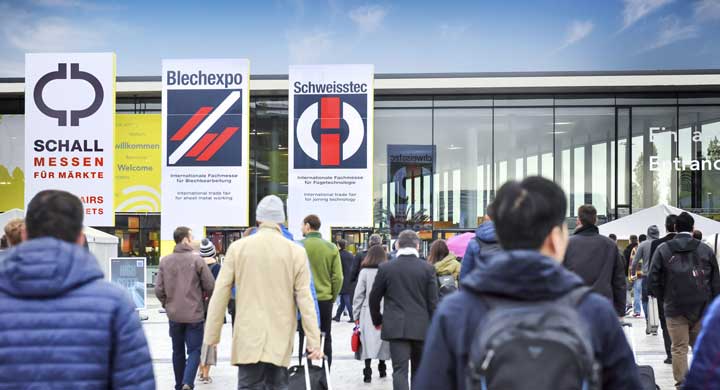Sustainability 26. September 2023
CARBON FOOTPRINT OF A TRANSFER PRESS: MEASURING THE IMPACT TO REDUCE IT
1 / 2

2000-ton transfer press
2 / 2

Distribution of the product's carbon footprint by life cycle stage (Tn CO2)
Fagor Arrasate has carried out a Life Cycle Analysis of one of its transfer presses, with the aim of calculating the product's Carbon Footprint. A 2000-ton transfer press with a 6,000 x 2400 mm (236 x 94 in) bolster installed in Turkey with a lifetime of 20 years has been used as a reference press.
This project pursues the objective of understanding, quantifying and progressively reducing the various environmental impacts of its activity through a life cycle perspective.
The study has been carried out with a cradle-to-grave approach, i.e., from the procurement of raw materials (including supply and transport), manufacturing (production), transport to the customer (distribution or shipping), use of the product, to the end of life.
From the exhaustive analysis carried out, a final Product Carbon Footprint of 16,609.33 tons of CO2eq (CO2 equivalent) was obtained for the transfer press. From this data, it is worth noting that the stage of the life cycle with the greatest impact is the Use stage, accounting for more than 91% of the impact of the equipment's carbon footprint.
The major contributor to the impact of the utilization phase is the intensive use of electricity required by the transfer press over its 20-year life cycle. In this sense, another determining factor in this life cycle stage is the electricity mix of the country in which the product is used.
In second place, in terms of importance in the final impact of the carbon footprint, is the Raw Material Supply stage, which contributes approximately 8% of the product footprint.
Finally, the rest of the modules of the life cycle stages (transport of raw materials and production) and Downstream (Distribution and end of life), contribute less than 1% of the product's carbon footprint each.
This project pursues the objective of understanding, quantifying and progressively reducing the various environmental impacts of its activity through a life cycle perspective.
The study has been carried out with a cradle-to-grave approach, i.e., from the procurement of raw materials (including supply and transport), manufacturing (production), transport to the customer (distribution or shipping), use of the product, to the end of life.
From the exhaustive analysis carried out, a final Product Carbon Footprint of 16,609.33 tons of CO2eq (CO2 equivalent) was obtained for the transfer press. From this data, it is worth noting that the stage of the life cycle with the greatest impact is the Use stage, accounting for more than 91% of the impact of the equipment's carbon footprint.
The major contributor to the impact of the utilization phase is the intensive use of electricity required by the transfer press over its 20-year life cycle. In this sense, another determining factor in this life cycle stage is the electricity mix of the country in which the product is used.
In second place, in terms of importance in the final impact of the carbon footprint, is the Raw Material Supply stage, which contributes approximately 8% of the product footprint.
Finally, the rest of the modules of the life cycle stages (transport of raw materials and production) and Downstream (Distribution and end of life), contribute less than 1% of the product's carbon footprint each.

